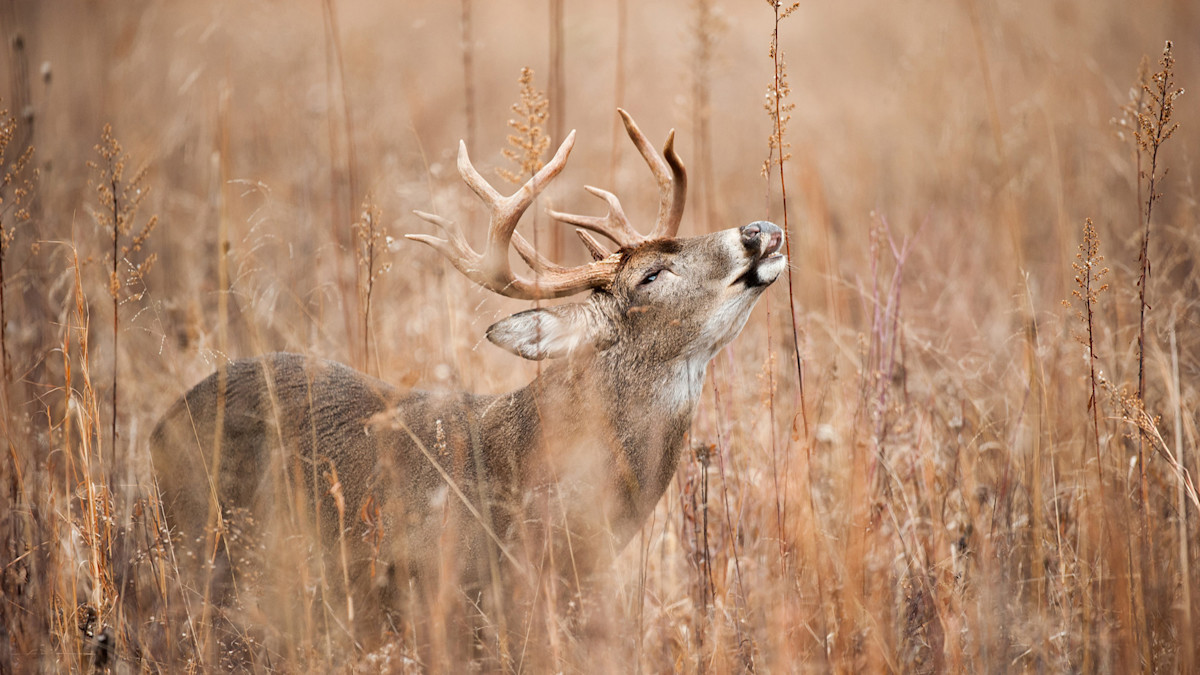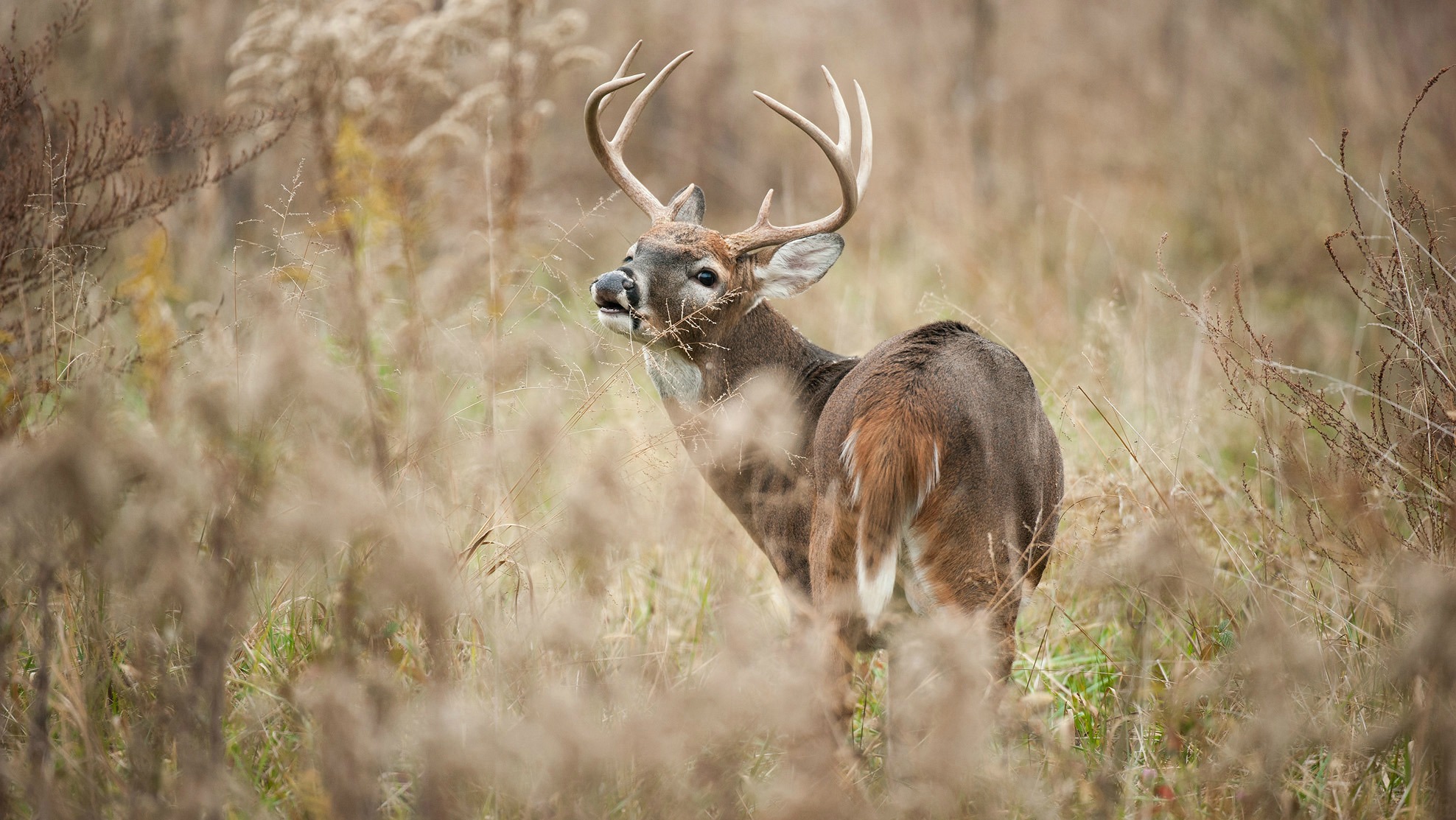
Many hunters doubt they can beat the seemingly invincible noses of deer, elk or other game once the animal gets downwind.
Given what we read about animals olfactory powers, and what we’ve witnessed while hunting, it’s understandable why some hunters think scent-control methods are futile wastes of time and money.
Or, are those just excuses that justify an attitude? Some hunters simply refuse to follow the detailed plans of scent-control regimens. They’re likely impatient, pressed for time, or too cheap to buy all the necessary sprays, scents and scent-masking technologies available.
Despite such challenges, odor control has long ranked high with hunters. In a 1994 survey of Deer & Deer Hunting magazine readers, 75 percent used “scent eliminators” and ranked them well ahead of urine-based scents and cover scents including licorice, vanilla, earth, and “autumn woods.”
Further, 74 percent of those readers used scent-free laundry detergents, and 65 percent used scent-free soap. Of all respondents, 76 percent rated scent-eliminators and scent-free soaps/detergents “slightly” to “very” effective.
Make no mistake: Scent control isn’t quick and convenient, and humans produce and carry countless odors from unlimited sources. For example, we constantly exhale carbon dioxide, a waste gas that includes trashed molecules from our metabolic and digestive systems. We release similar waste molecules from food and drink, including smelly items like garlic, onions, coffee and alcohol. Still, other scents disperse as we shed microscopic skin particles. If that’s not enough, some of our waste products turn rancid while endlessly generating bacteria in caps, boots, clothes, and backpacks.
With all those factors working against us, maybe scent control truly is pointless.
Mark Kenyon, founder of the Wired to Hunt, understands those challenges but strives to minimize them with a “shotgun approach to scent management.”
Kenyon uses an array of products from an industry teeming with scent and scent-control manufacturers. Just consider that at the Archery Trade Association’s annual show, 10 percent of the 600 exhibiting companies are peddling scents, lures and scent-elimination products.
Still, Kenyon is careful not to overstate things.
“I have no illusions about making myself invisible to deer, but I try everything I can to reduce and manage human scent,” he said. “I can’t eliminate every possible scent molecule, and I can’t point my finger at one or two things that work best, because I’m using all of them at the same time. But I try them all in hopes that some percentage of those things combine to reduce my scent. I think I do enough to help a little bit, and every little bit can help me in the woods.”
Kenyon’s scent-control program includes showering with scent-free soap and shampoo, washing his clothes in scent-free detergents, hanging everything outside in fresh air, storing it all in Scent Crusher or Ozonics dry-wash tote bags, never wearing those clothes indoors or in his truck, dressing to hunt outside his truck, dousing himself and gear with scent-killing products, and spraying his boots and pant legs with Nose Jammer before entering the woods. Once he’s in his treestand, Kenyon activates an Ozonics unit, which emits ozone streams that destroy human odors by shattering their molecular scent chains.
“I can’t claim my system is 100 percent effective, but it’s usually worthwhile. I realize wind speeds, air temps and humidity levels factor in, too, but I’ve had it where deer didn’t blow or flee when they got downwind of me. I’ve gotten away with it.”
Nick Andrews, vice president of marketing at ScentLok Technologies, holds similar views.
“I don’t try for absolute zero scent because that’s not possible, but I want my odor signature to be like ‘white noise,’ where deer might be aware of it, but they aren’t alarmed,” Andrews said. “They think you’re farther away than you are, or that you were there yesterday and your scent is just lingering. They’re aware of something, but they’re still comfortable. I usually hunt where I’m not the only hunter. My goal is to beat all those hunters who take no precautions.”
Andrews said a deer’s response to faint human odors resembles how hunters react when smelling a skunk when entering the woods.
“If I get a faint whiff, I’ll proceed at my normal speed. If the smell increases, I slow down. If it gets powerful, I stop, reassess and change course. If you control your scent, you can make deer think you’re too far away to be a threat.”
Andrews promotes ScentLok’s seven-step system to slash human odors. The system resembles Kenyon’s, but includes carbon-activated scent-trapping clothes and headcover. Andrews recommends “reactivating” the clothes in a dryer every 40 hours. Some hunters mistakenly believe charcoal-based filters must be super-heated to reactivate. However, dryers get clothes hot enough to release enough odors from carbon filters to make room to adsorb more odors. It’s similar to wringing out wet clothes. You can’t squeeze them bone dry, but you can remove enough water to stop the dripping and then sop up more.
Of course, some hunters dismiss carbon-activated clothes entirely, even though ScentLok successfully defended its technology in federal court with research by Rutgers University. The court ruling stated: “ScentLok carbon-lined clothing blocked or adsorbed 96- to 99-plus percent of odor compounds, and essentially 100 percent of surrogate body-odor compounds.”
Then again, some folks didn’t need a court ruling to be convinced. Countless people have experienced the power of carbon-based filters, which are used in everything from cigarette filters to gasmasks. A standard exercise in Navy boot camp, for example, is to make recruits don a gasmask, herd them into a teargas-filled chamber, close the door, and eventually order them to remove their mask. They must then shout their general orders while choking, crying, coughing and slobbering from the teargas, at which point they’re let out.
Maybe elk, deer and other game feel much the same when human odors jolt them with deathly fear. Based on how rapidly and loudly they sometimes flee our scent, the analogy seems apt.
Ultimately, no matter what hunters say, most dabble with sprays, many try scent-killing ozone technology, and some use clothes, boots and headcovers lined with carbon-based filters. Only one thing seems certain, though. Successful scent-control requires more than dabbling. It demands discipline, commitment and consistency in using odor-suppressing technology. Many hunters just won’t make those commitments.
Yes, staying downwind of game remains the priority, but that’s true with everyone. The difference is that scent-control disciples know the wind will eventually betray them. When it does, they hope their backup system will save them. The more extensive their system, the less they count on luck.
Feature image by Matt Hansen









Conversation